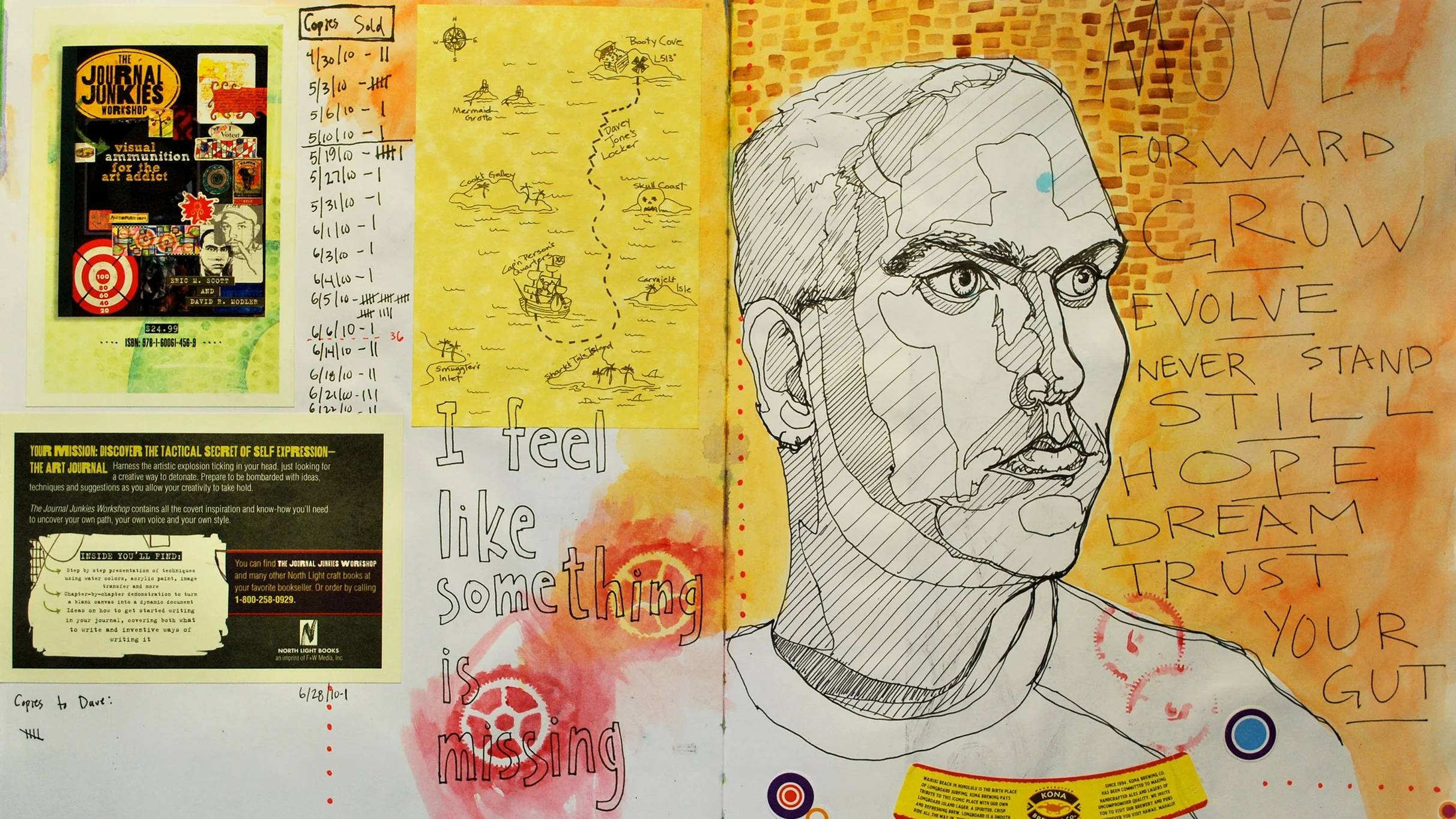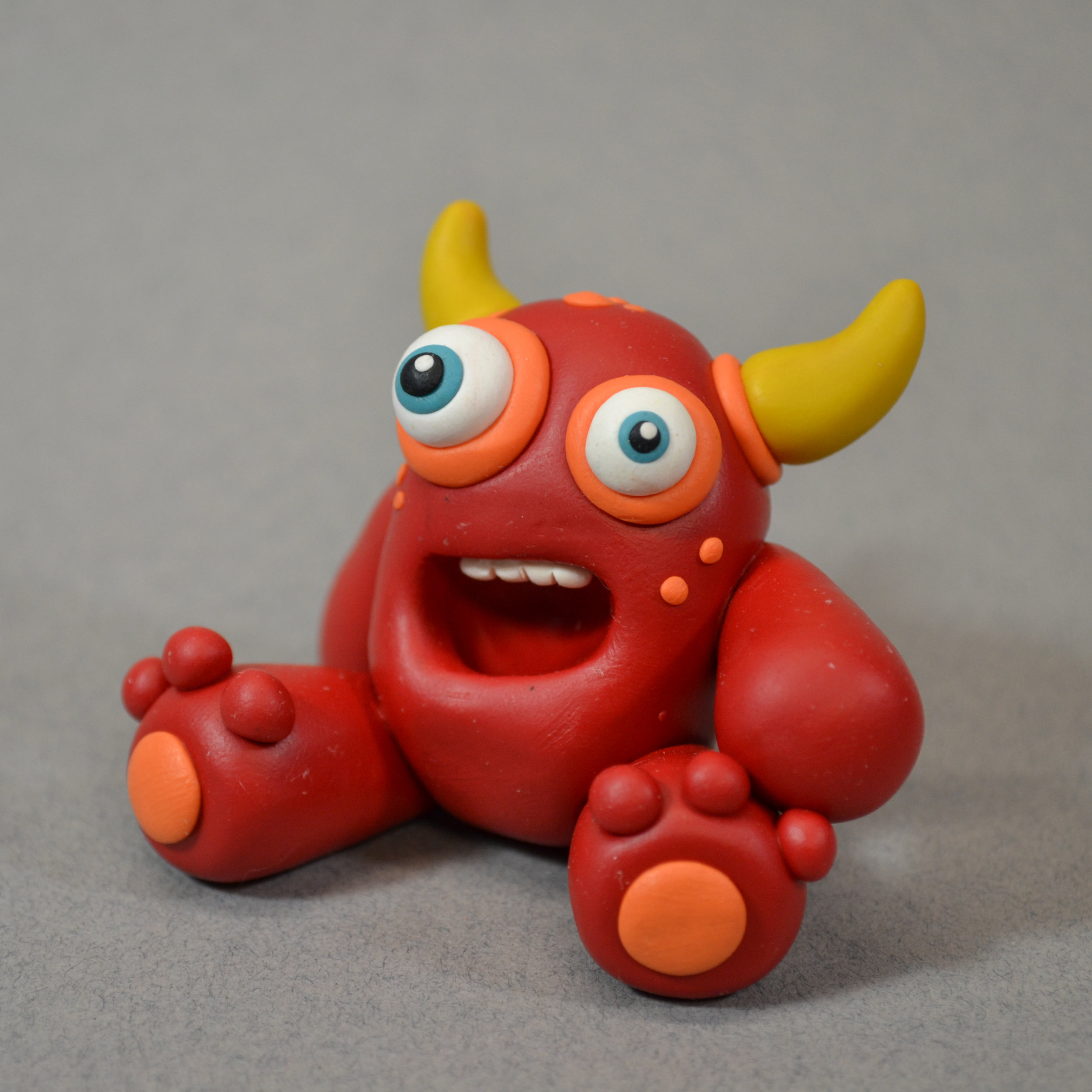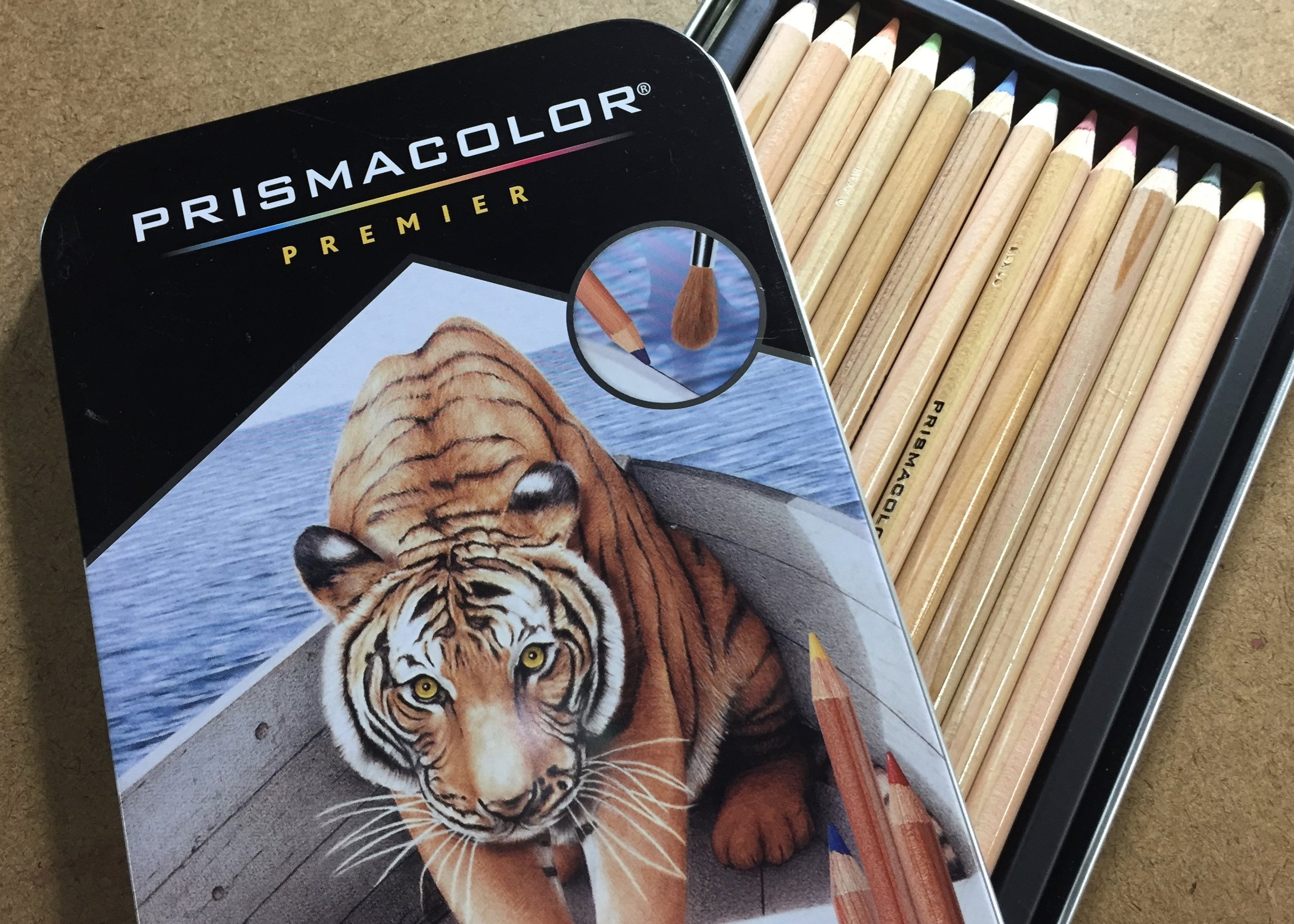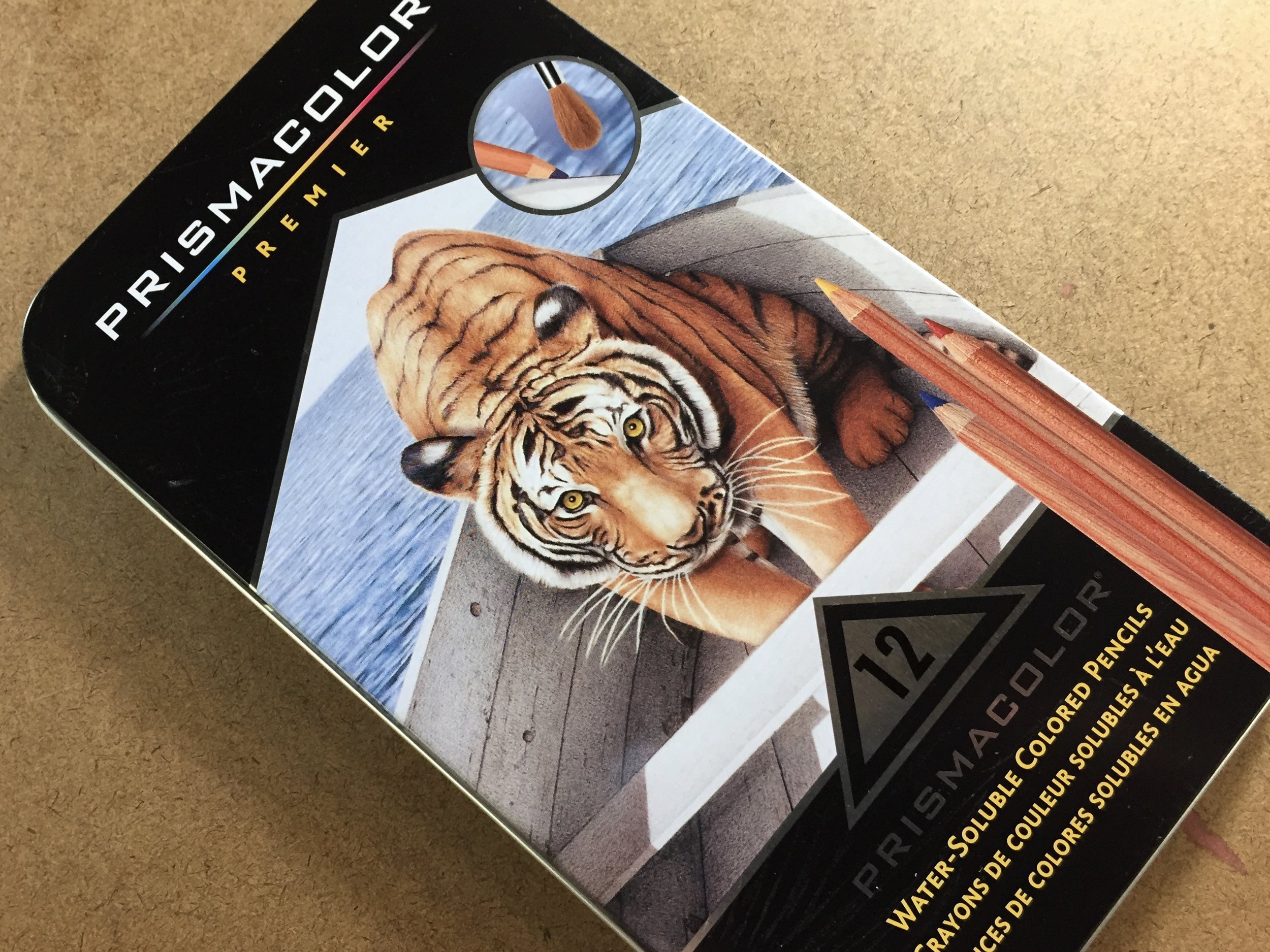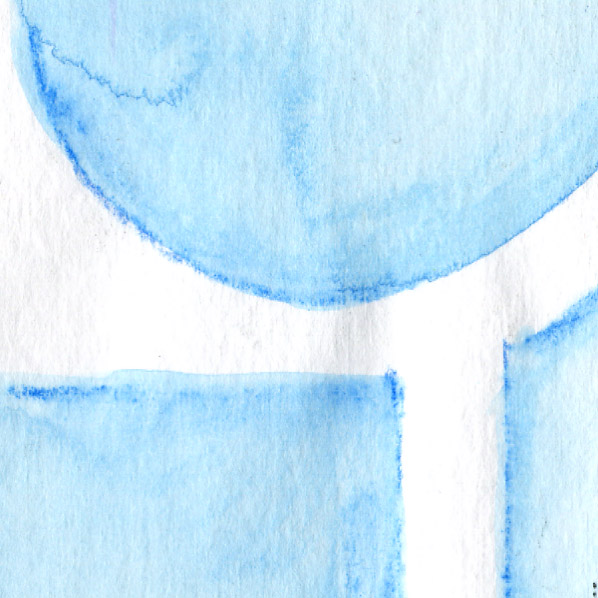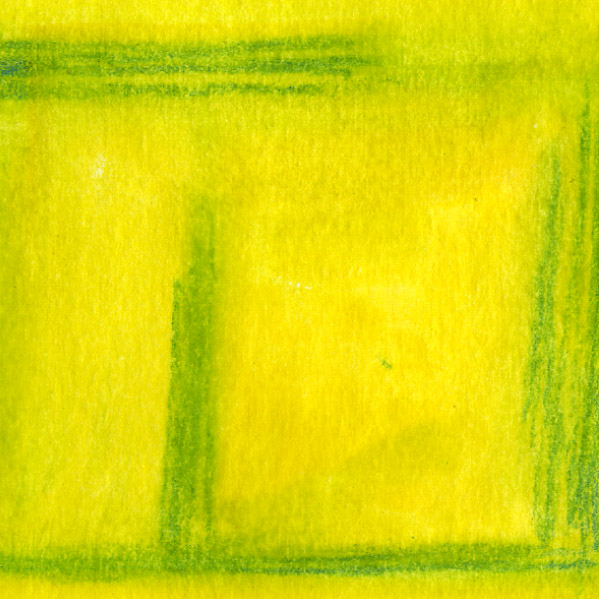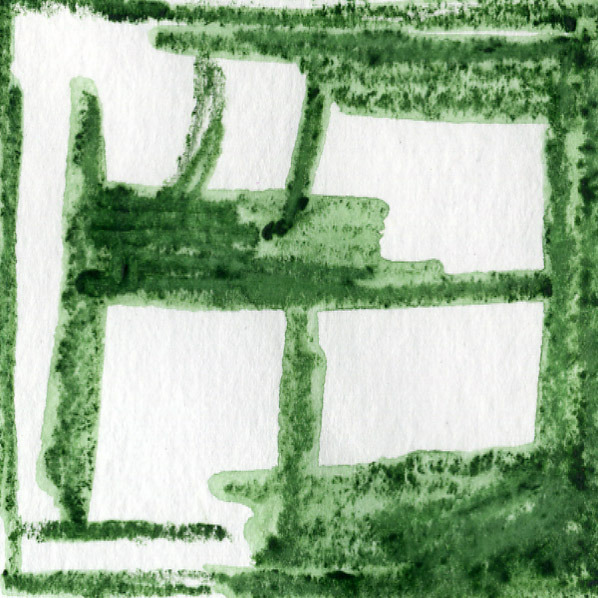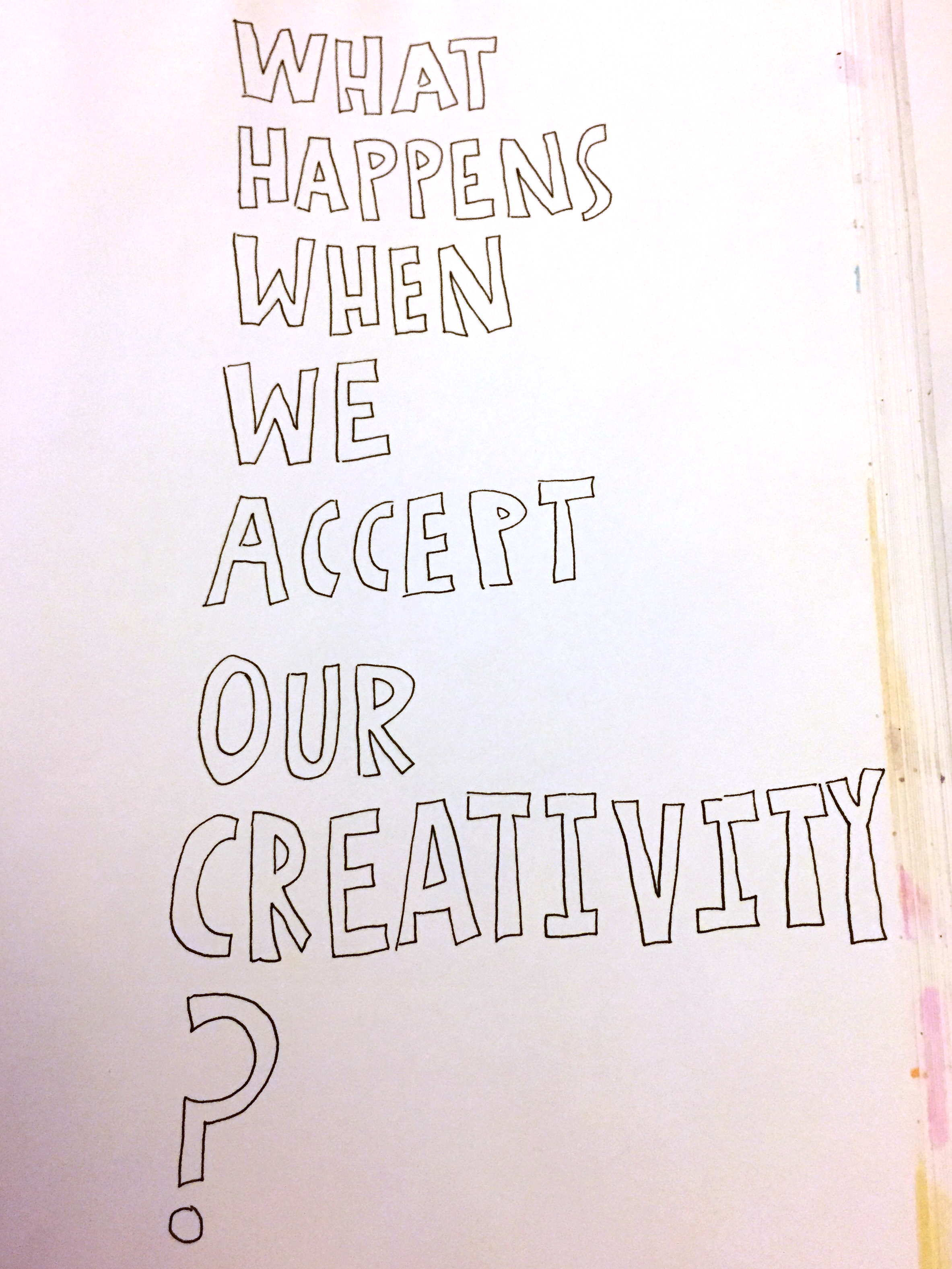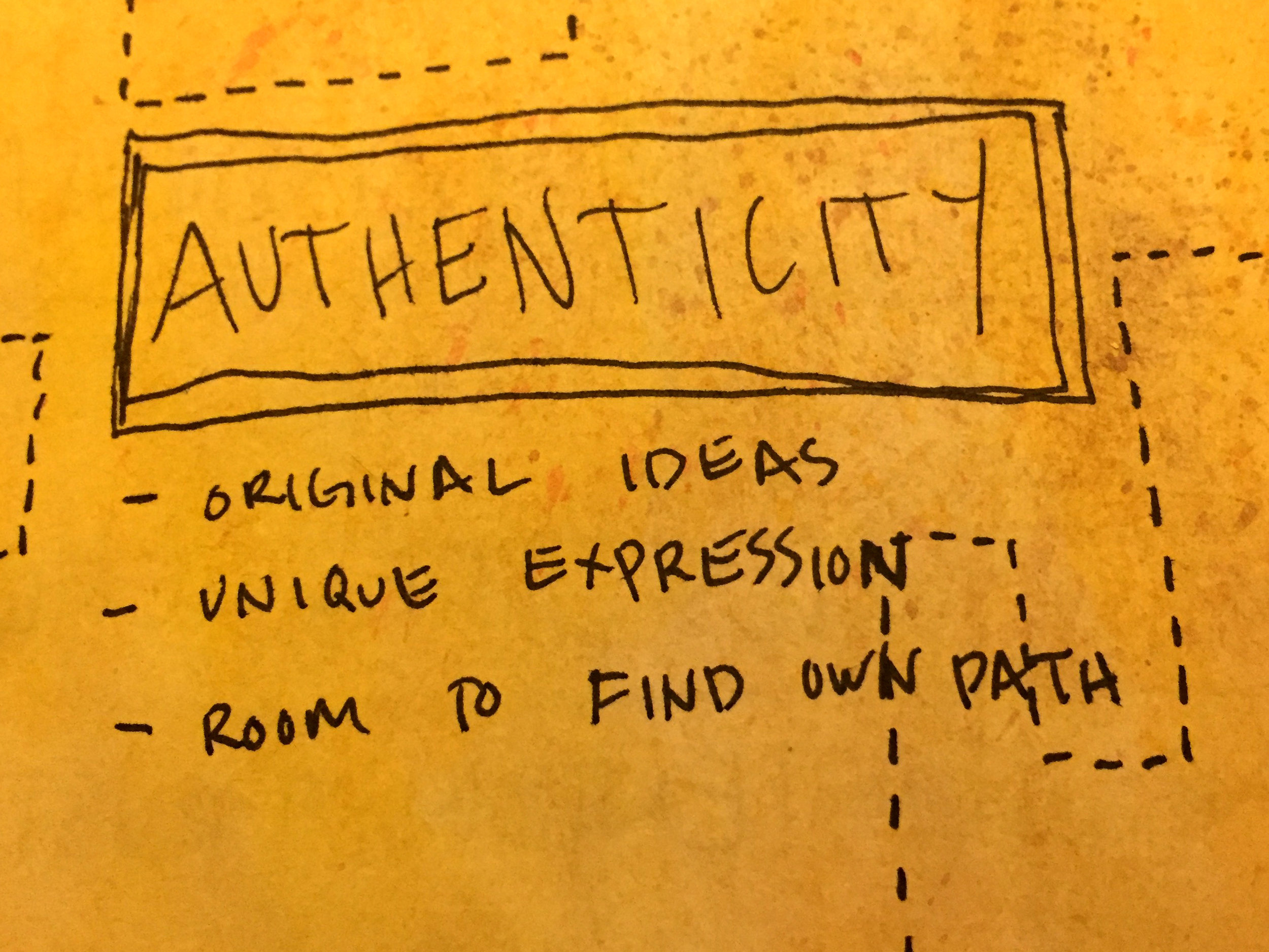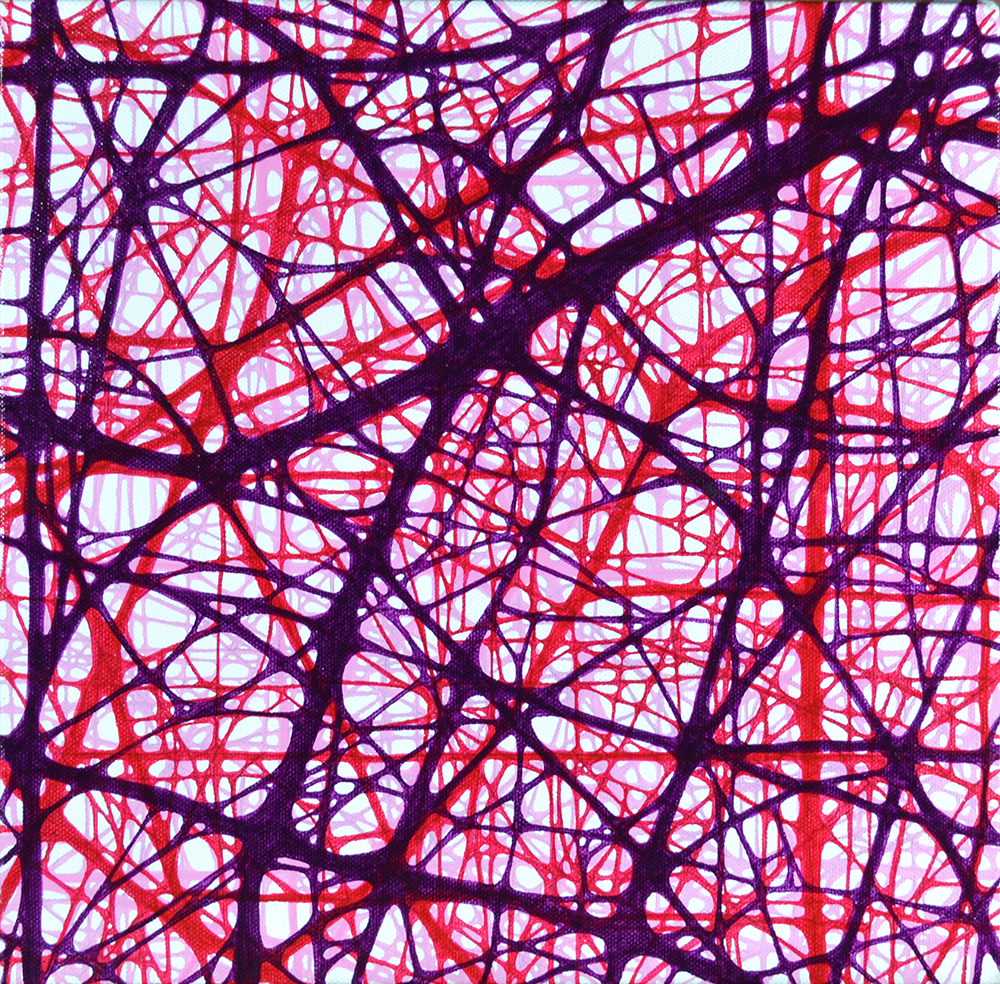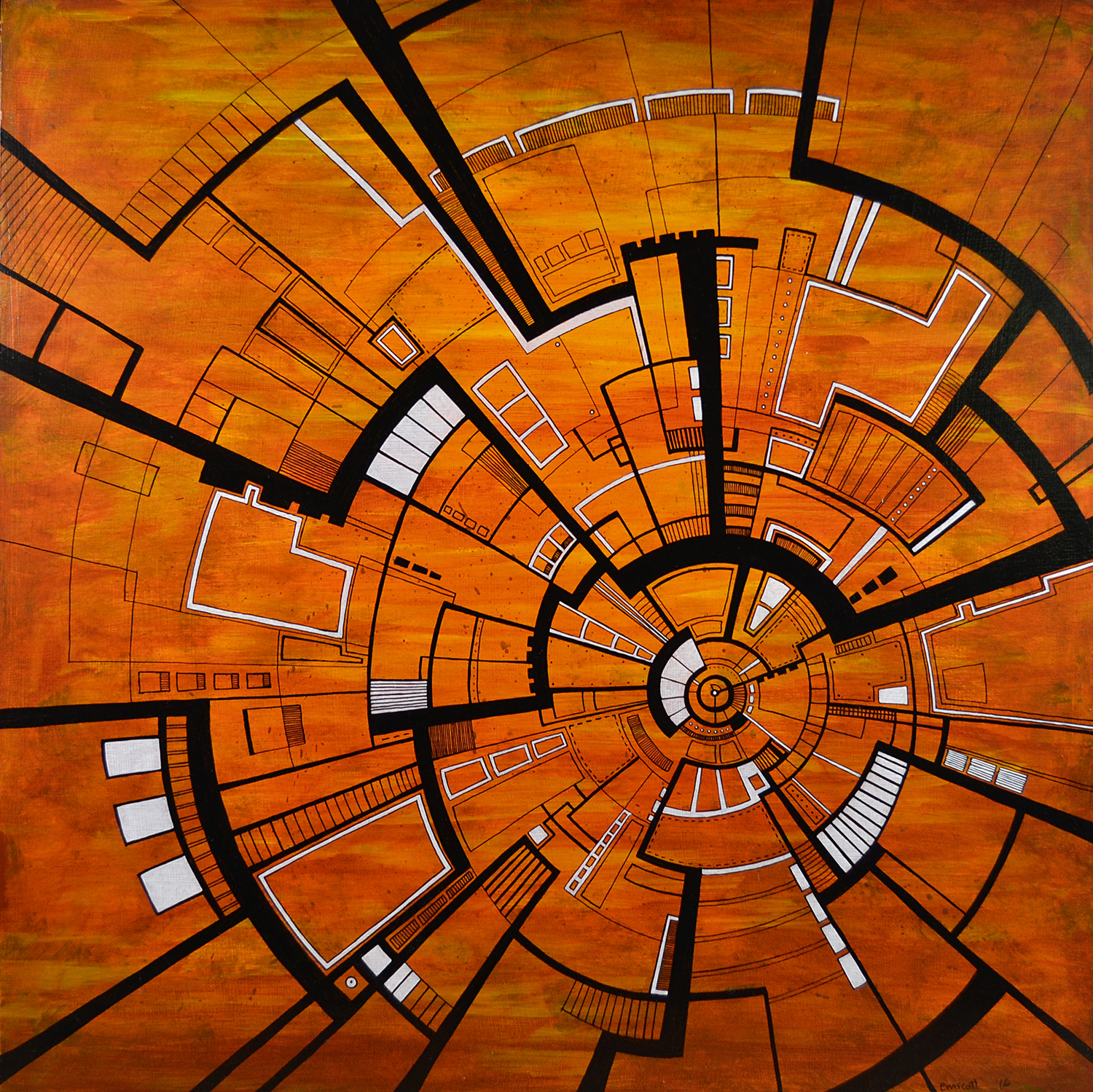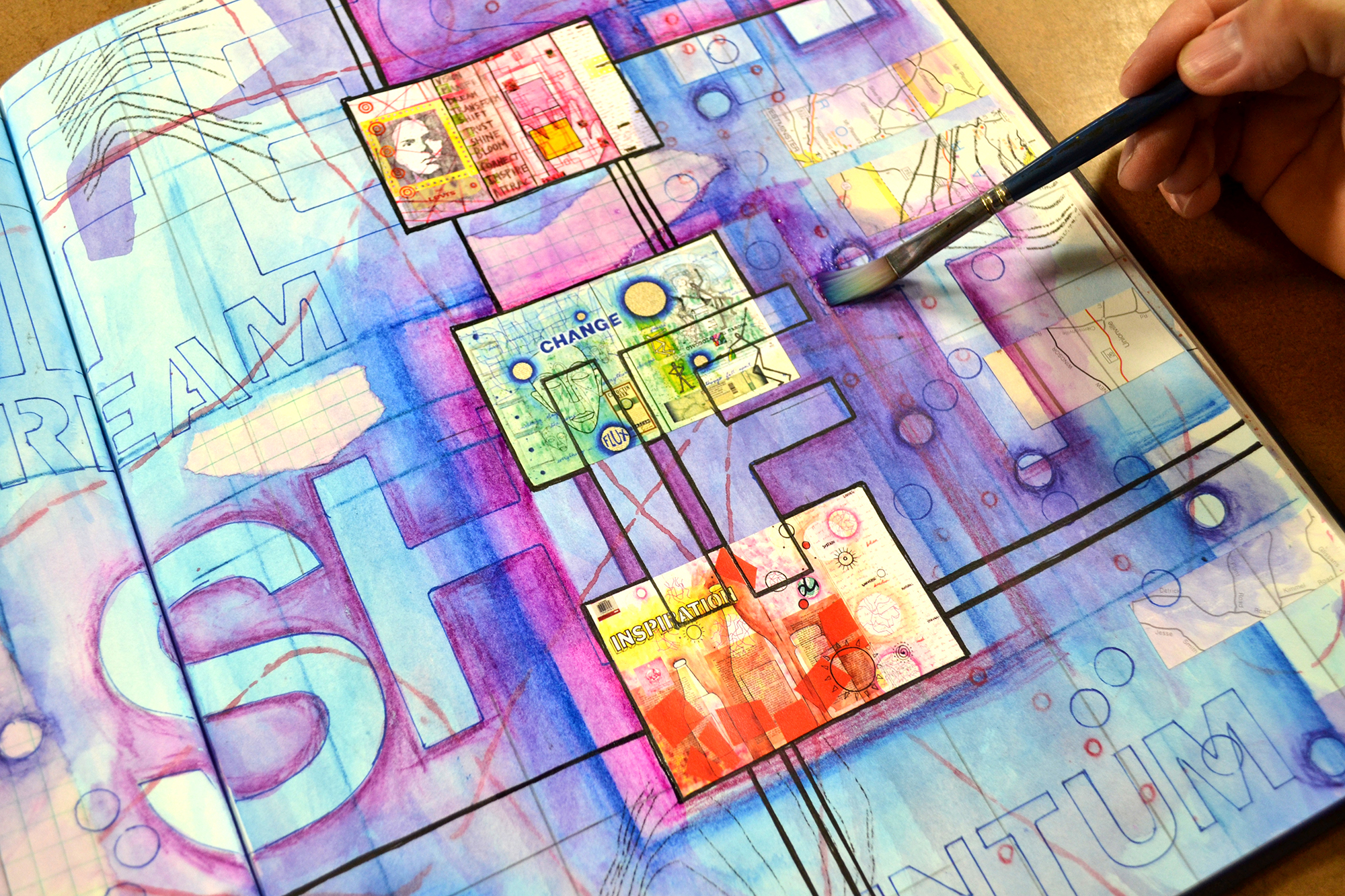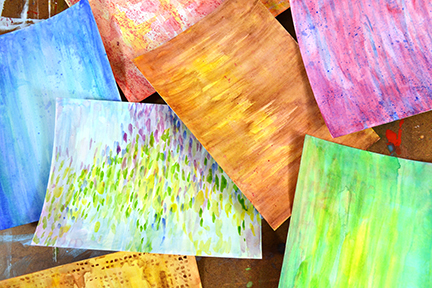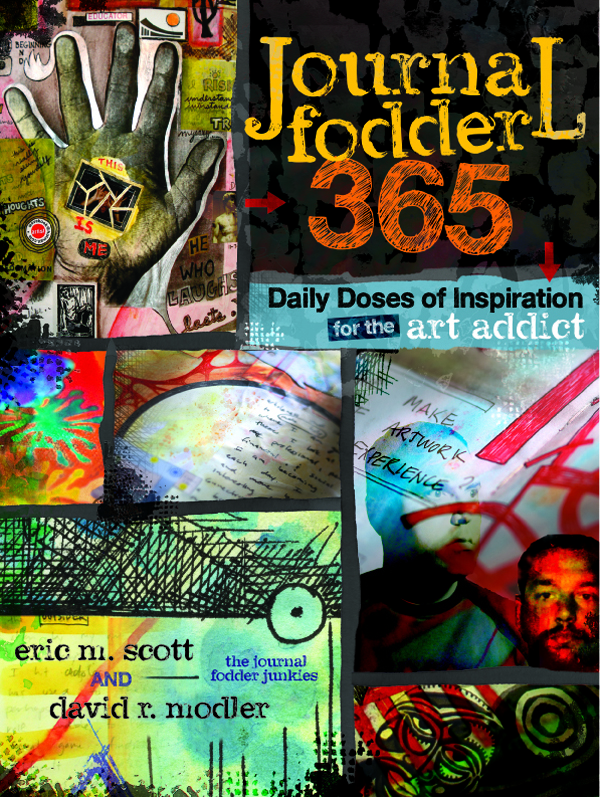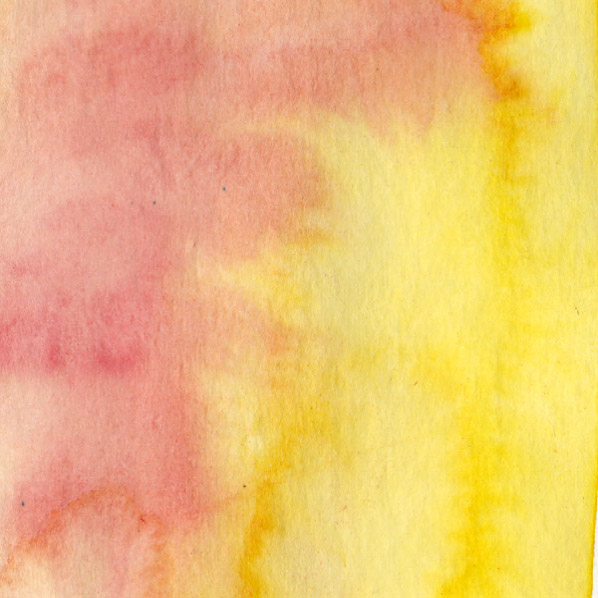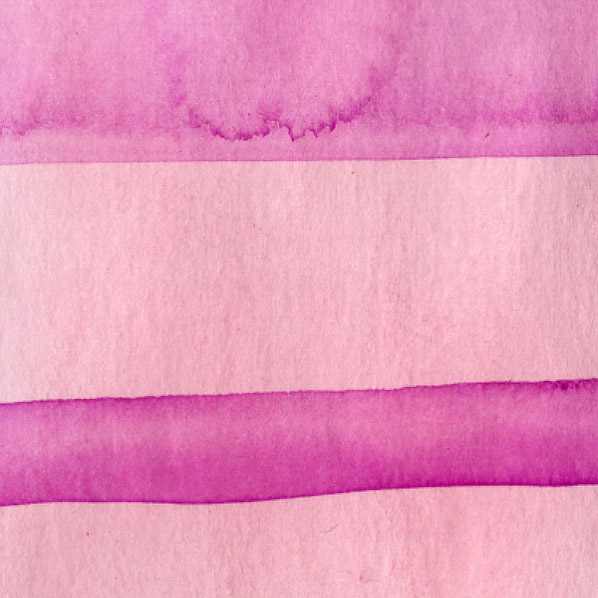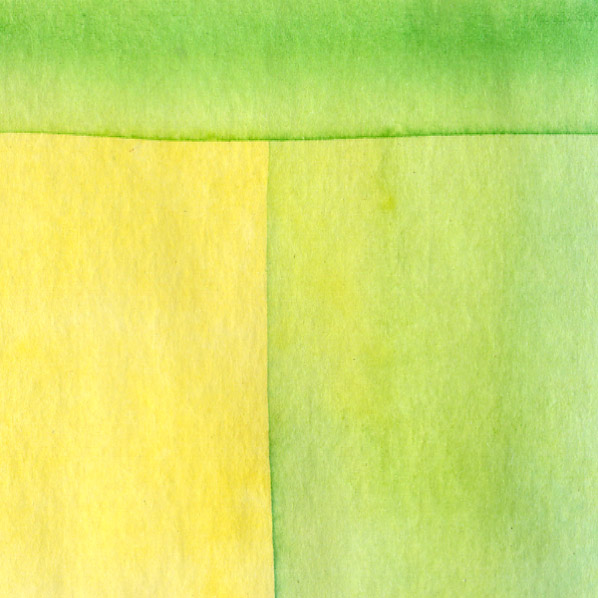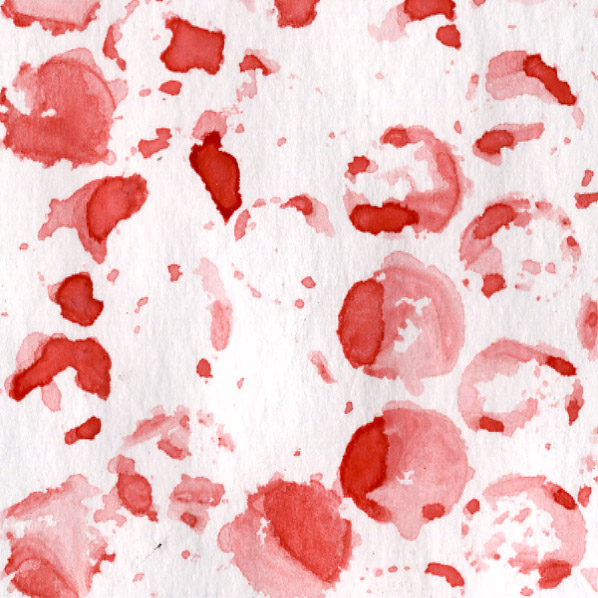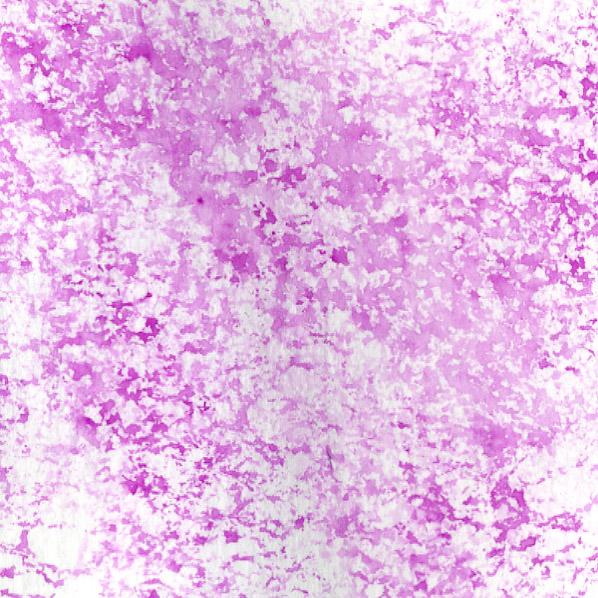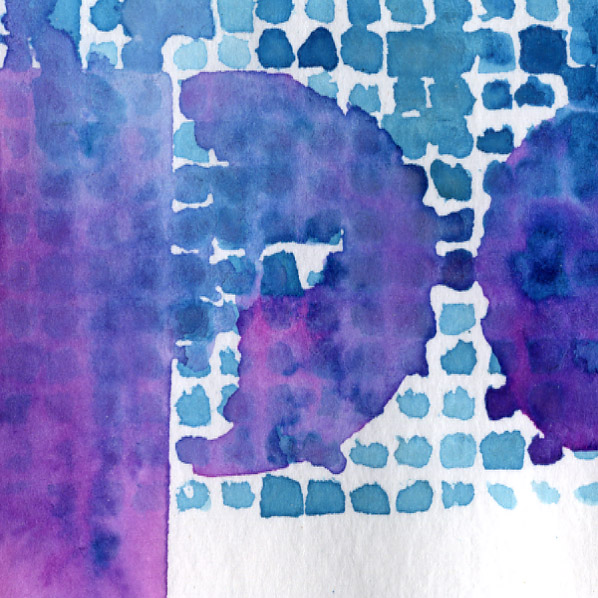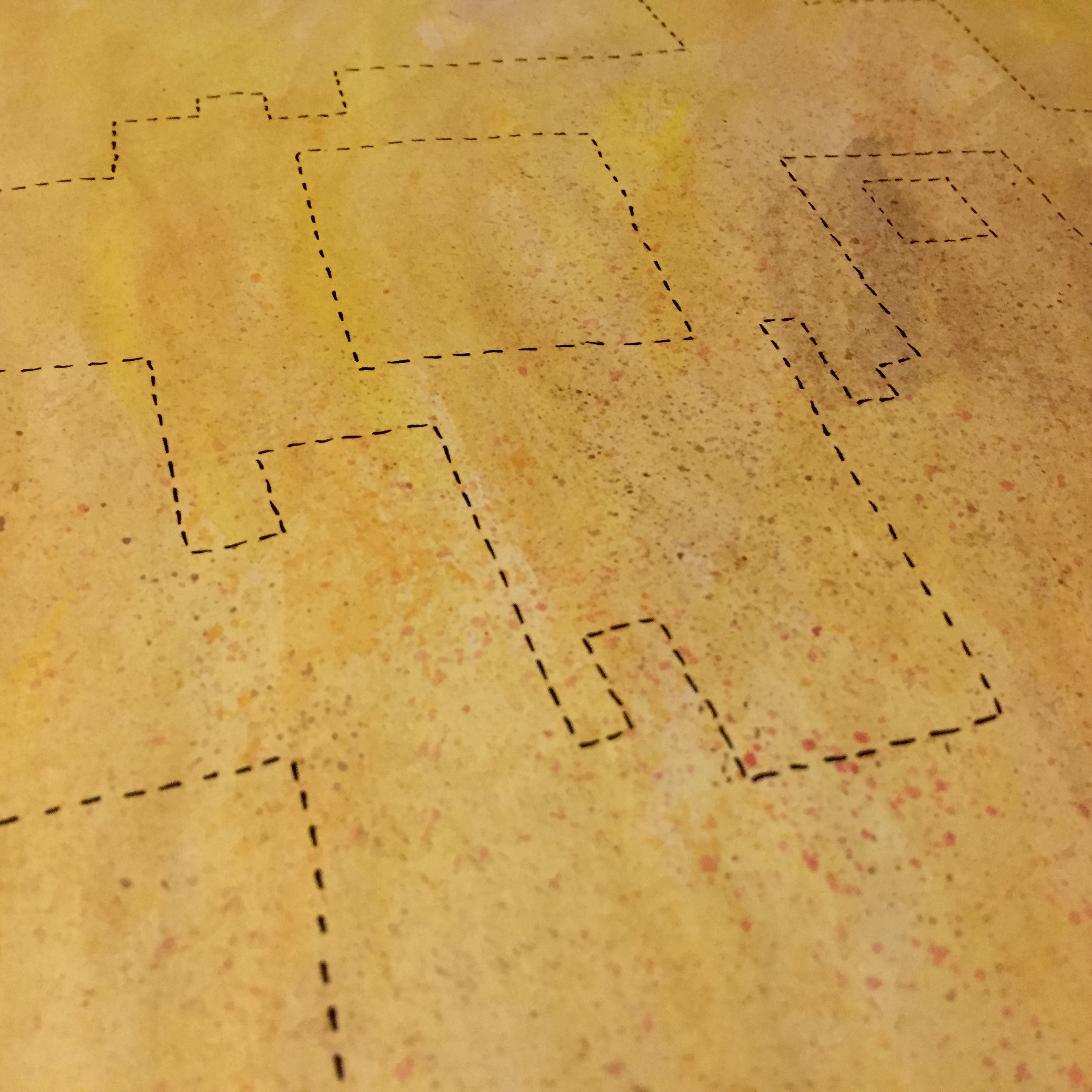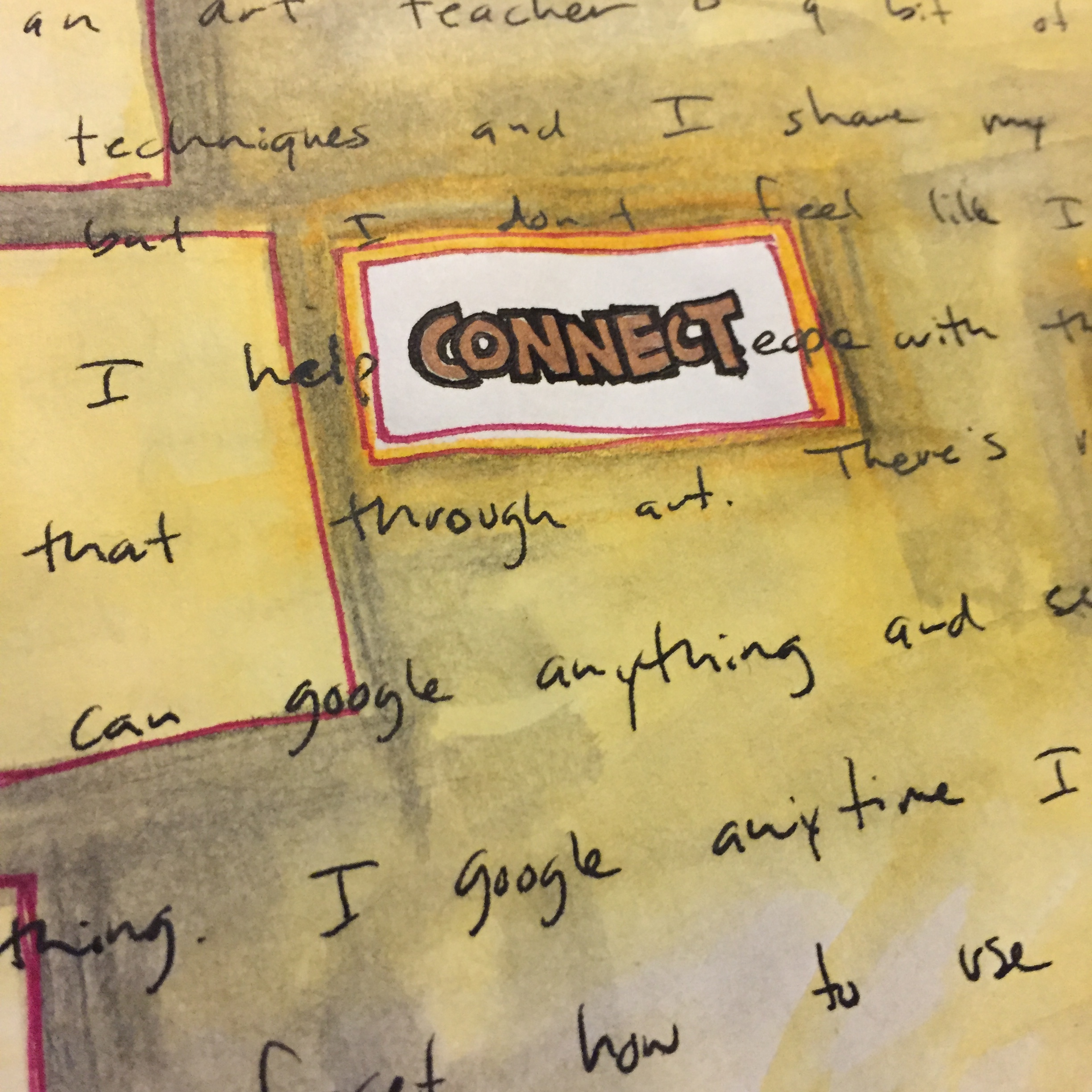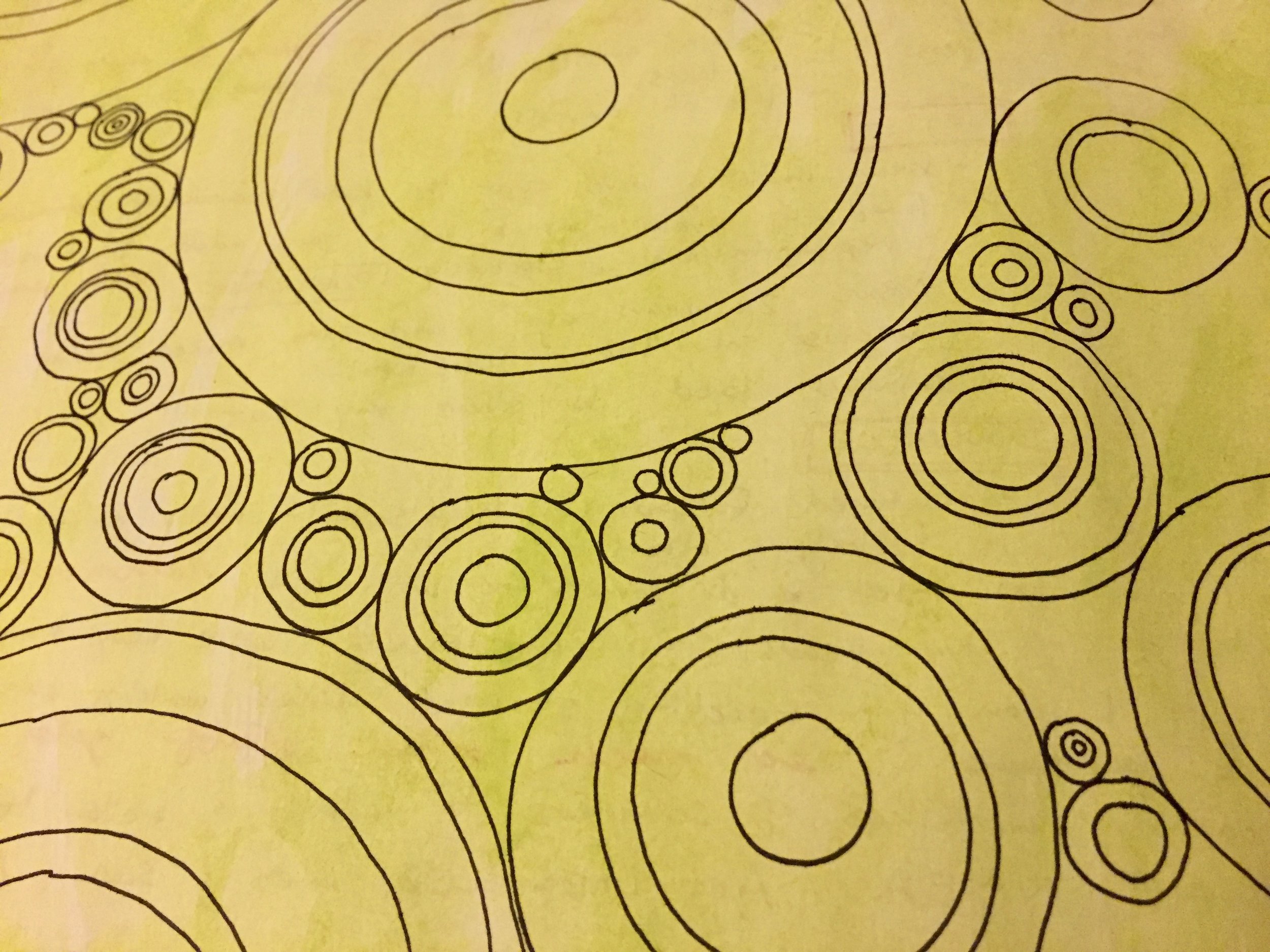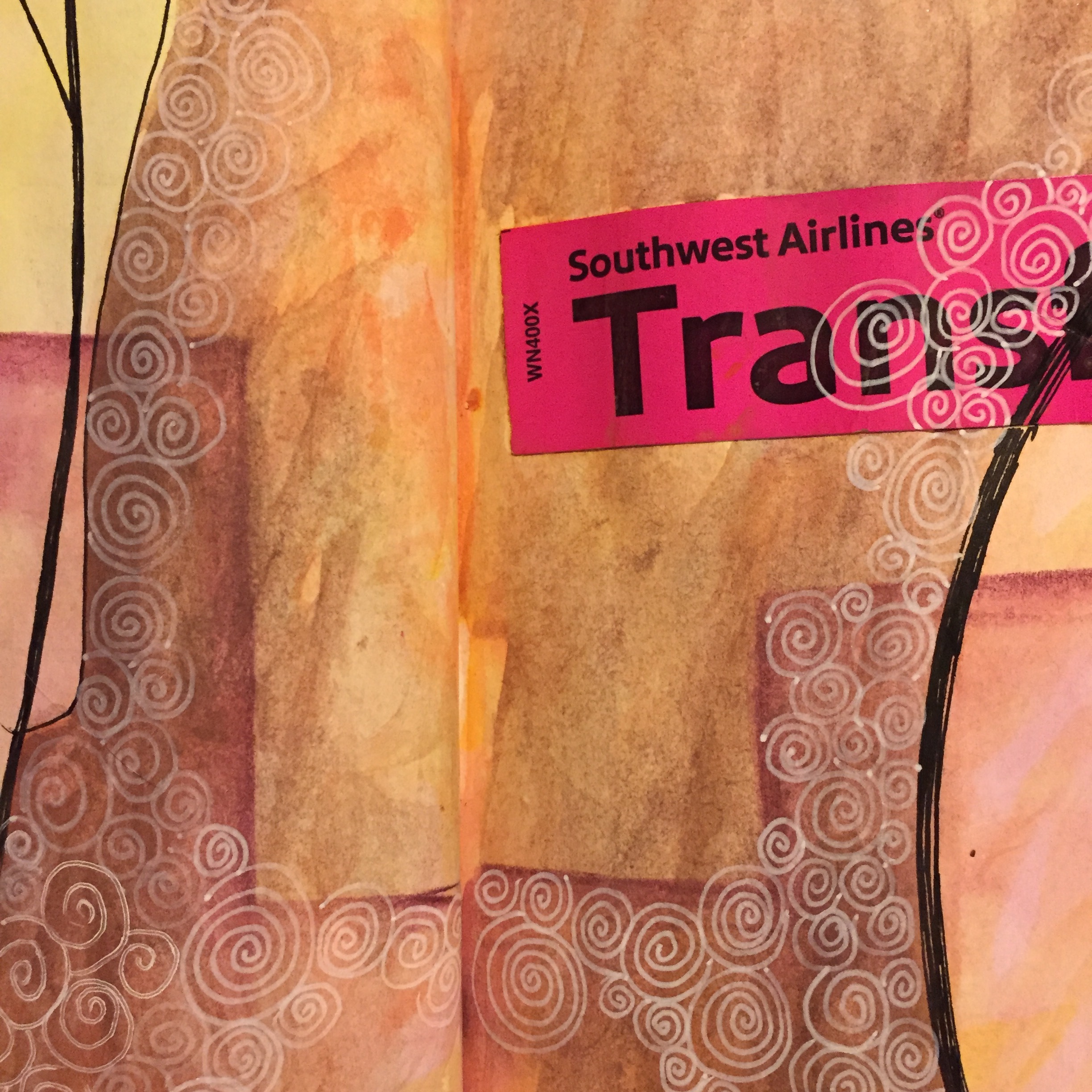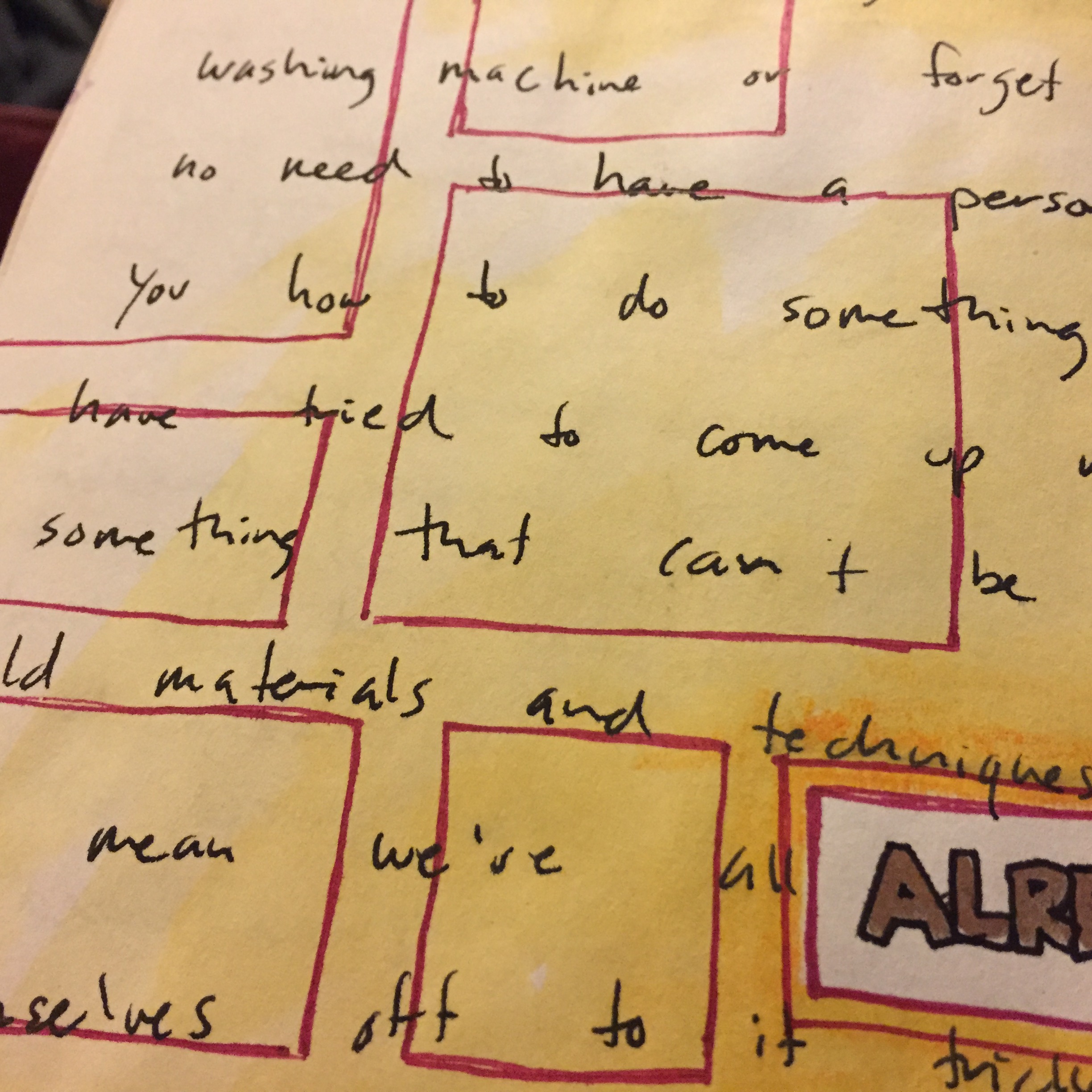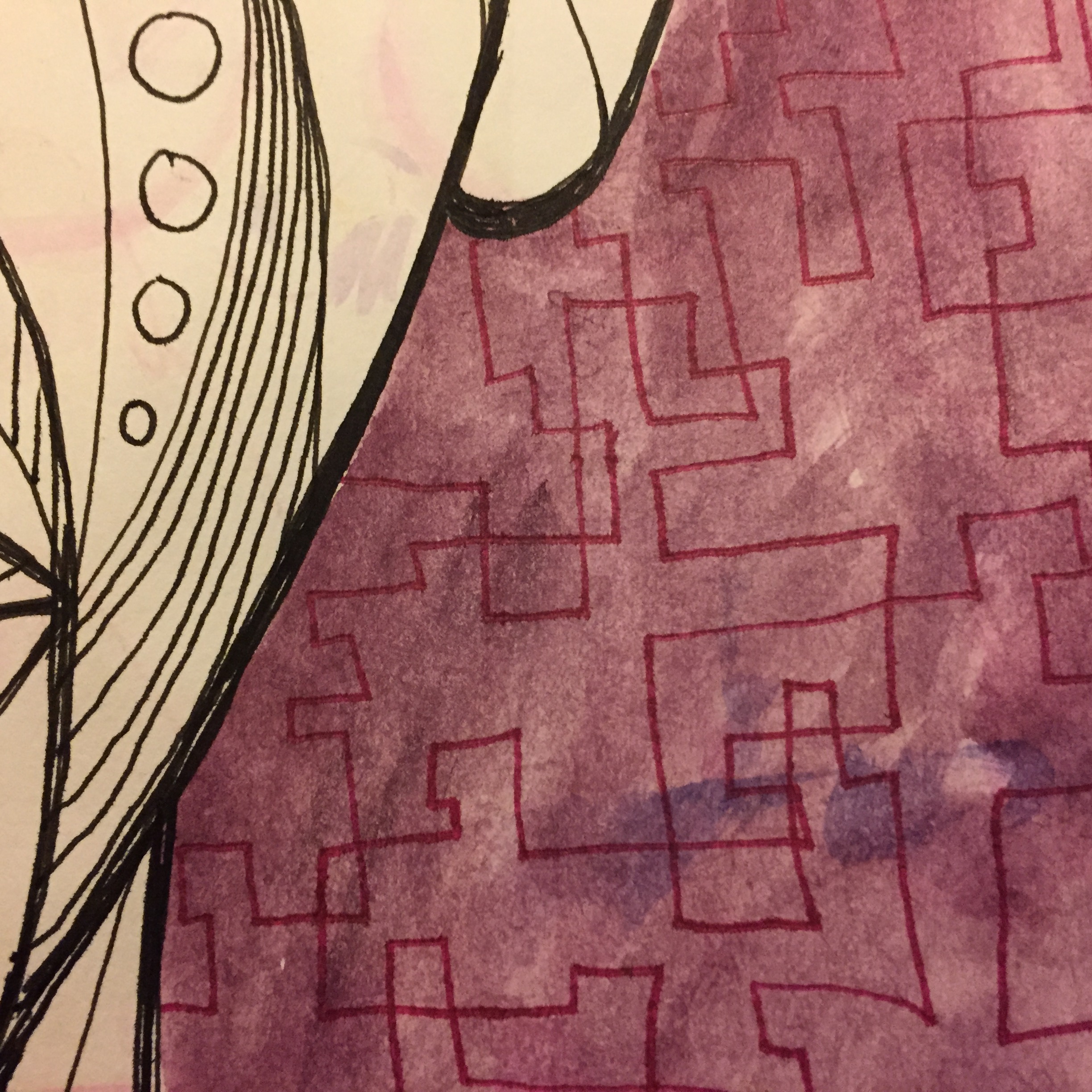As we move further into the New Year, I wanted to share something that I shared a long time ago, but it’s something that bears sharing again as it’s a deeper dive into my thoughts about creativity.
We are all born with an endless capacity for creativity. So why then do so many people believe that they're not creative?
People hold several myths and misconceptions about creativity that keep them from seeing the truth. First they may believe that creativity is linked directly to intelligence, and many people don't feel that they are particularly intelligent. Hence, they believe they are not particularly creative as well. Second they may believe that creativity is confined to certain fields of work such as design, writing, visual and performing art, and they simply are not the “creative” type. Third they may believe that creativity is only for special types of people — geniuses, like Einstein and da Vinci, and who can be an Einstein or a da Vinci? Finally, they may believe that creativity is something that either you have or you don’t, and as such, it is a “god-given” talent and there’s no point in trying if you’re not one of the ones endowed with creativity. So, many people go about their daily lives believing that they are not and never will be creative.
They are completely and utterly wrong. Creativity is part of our original programming, and since we were lucky enough to be born into the human race, we are creative. Look at any child for proof. We see the curiosity, the imagination, the sense of wonder, and the freedom from doubt little kids have, and at one time we were all little kids. We all had that innate creativity. So what happened? In many ways we grow out of our creativity, and as we grow older, we close ourselves off from it through the choices we make.
Much of life seems to be about closing ourselves off and closing ourselves up. It’s sad and unfortunate, but it happens so easily. As infants and toddlers, we see the world as an immensely large place with endless possibilities and so much for us to take in and experience. At such a young age, we soak up these experiences getting our hands into everything as a way to explore and learn about the world. We are open to life and living, and we trust and love without fear. But we quickly begin closing off parts of the world as we grow and learn. We close up and shut down many of the possibilities available to us in our lives mostly because of fear and conformitu, and we lose our creative confidence. We learn right from wrong, good from bad, appropriate from inappropriate, acceptable from unacceptable. We get caught up with doing things the “right way” and with not being wrong, and we shut the door on things that don't fit with what we're learning. We get set in our ways, and we close off and fit ourselves into boxes that, many times, are defined by the expectations of others. We have to act a certain way, be a certain person, or do a particular thing. Our lives get narrower and more rigid as we learn to conform. We lose the flexibility of youth, and we suppress our curiosity, our imagination, our sense of wonder, and that freedom from doubt. Our worlds get smaller and smaller as we try to fit in, play the part, and strive for acceptance, and we don't live up to our potential. We are closed in, and often, we feel that we are locked away from our creative impulses.
But every once in a while, we have a fleeting feeling that we are suppose to be something more — something greater. In those instances, we long to break the confines and be different, but we feel the constraints from all those years of conditioning. We bury that creative or expressive urge with excuses, fear, and doubt, but it keeps coming back. Sometimes it becomes a nagging sense that we want to change — that we want to be free from that little box we’re confined to, but how can we break free? We are shut in, and we mistakenly think that we are locked in. But in fact, we are not. All we need to do is to start opening ourselves to the creative impulses. We need to nudge open the doors we have closed, and we need to peer behind our beliefs and our doubts. We need to open our minds and our hearts and lean into the fear and the pain. We may just discover our true selves.
Once we begin the opening process, we can push ourselves to break out of our normal thought patterns. We can stretch ourselves and begin to break from that narrowly defined space. All we have to do is just be open to the uncertainty, to the uneasiness, to the ambiguity, and to the fear. We have to suspend judgement and go back to that time when play, wonder, and surprise were such a part of our worlds. We may find that we begin to redefine who we are and how we are in the world. We may discover that we're more intelligent and creative than we originally thought. We just need to be open in order to gain back our creative confidence. We can begin to see the expanding possibilities and potential of our everyday lives.
We have to redefine what it means to fail, and we must learn to see that the only way to truly fail is to never try at all. It is fear and doubt that stops us and keeps us from ever trying. We fear judgement, failure, and insignificance. We fear rejection, discouragement, and loss. We doubt our ideas, our abilities, and our resolve. We doubt our inventiveness, our resourcefulness, and our courage. But we have so much to gain. We can grow, shine, inspire, express, open, and live, if we only have the courage to open ourselves a little bit. Slowly, we can open ourselves more and more allowing the creativity to flow stronger and stronger. Even the mightiest river begins as a trickle.
We are only limited by our reactions. We can react with tightness, control, and doubt, and allow our world to close down again restricting the flow and bottling up the creative energy. Or we can react with openness and acceptance, and become limitless and free. When we are open, we let go of ego, perfection, end results, and the final product. We embrace the creative process as a messy, but fulfilling, part of life.
But how do we go about opening ourselves to this creative potential?
